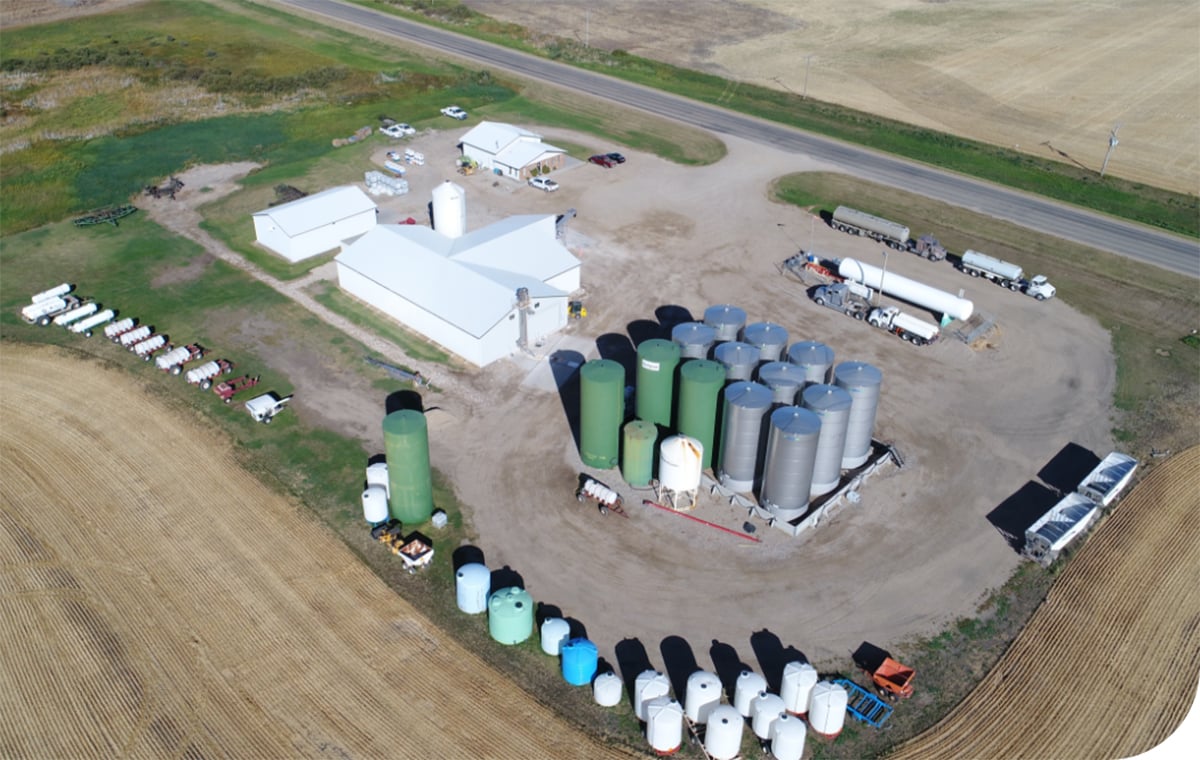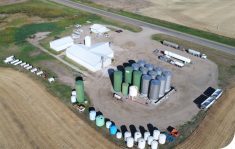Unless American farmers start plowing up pastures and land in the conservation reserve, there simply aren’t enough acres to produce the amount of crops needed to significantly lower prices.
The market fell last week, partly as a result of the U.S. Department of Agriculture posting its baseline projection for 2011 seeded acreage.
The baseline projection normally does not get much attention. Traders focus more on the March 31 seeded acreage report, which is based on farmer surveys.
But in the heated atmosphere of today’s grain market, the baseline projection, coupled with new crop South American soybeans hitting the market, helped spark a downturn.
Read Also

Saskatchewan Co-ops to acquire Blair’s locations
Blair’s Family of Companies will be turning over the operation of six ag retail locations in Saskatchewan to local Co-ops
The baseline said U.S. farmers would allocate 10 million more acres to the major crops.
It pegged corn area at 92 million, up from 88.2 million. Soybeans would be seeded on 78 million acres, up from 77.4 million, and wheat on 57 million, up from 53.6 million.
With prices near the records set in 2008, markets were on edge and about due for a correction anyway.
But the baseline number, though indicating increased acreage, should not be viewed bearishly.
The United States needs to increase seeded area by lot more than 10 million acres. Either that, or have a breakthrough to much higher yields.
Take corn.
Over the past several years, corn demand has increased by an average of 10 million tonnes a year.
Seeded area needs to increase by more than two million acres just to keep up with that extra demand.
That does nothing to address the need to rebuild stocks, which are at a near-historic low.
Increasing corn acreage by four million acres would increase year end stocks to only one billion bushels from the incredibly tight 675 million bu. forecast for the end of this crop year.
Joe Glauber, the U.S. Department of Agriculture’s chief economist, says an additional eight to 10 million acres would be needed to rebuild the U.S. corn stocks-to-use ratio to a more comfortable level of 10 percent from this year’s five.
Rebuilding soybean stocks would need another three to four million acres.
With the strength in wheat prices, those acres will not come from that crop.
Glauber said the implication is that production will not rebound enough in 2011-12 to end supply worries.
It will take a few years of strong grain prices to ramp up the needed production and ration demand.
But there will be bumps along the road. One potential pothole comes from China’s inflation fight.
Each month or so it taps on the economy’s brakes by raising interest rates or some other action to limit the money supply.
There is little effect so far. Its economy keeps humming along, consuming more commodities.
However, traders worry that at some point China will push too hard on the brakes and the economy will slow too much, slashing commodity demand.
It is a danger that farmers should keep in mind as they develop and update their marketing and risk management plans.
















